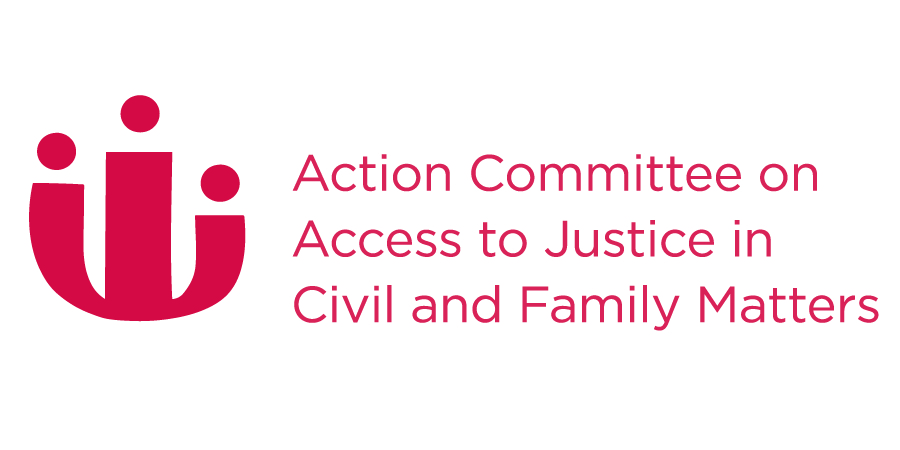Access to Justice: The Action-Oriented, Result-Driven Views of John Sims
The Honourable Thomas CromwellTuesday, September 5, 2017
This article originally appeared on The Lawyer’s Daily on August 31, 2017. It is the third article in Thomas Cromwell’s exclusive The Lawyer’s Daily column dedicated to access to civil and family justice.
John Sims was recently named a Member of the Order of Canada for his commitment to access to justice and for his principled and respected leadership as a senior public servant. Since “retiring” as the deputy minister of Justice and deputy attorney general of Canada, John has devoted his enormous energy and his many skills to efforts to improving access to justice. He agreed to respond to some questions from me to help mark this important recognition. I hope that many will use him as a role model and that we may profit from his wise advice.
TC — In your long and distinguished career, you have had the opportunity to view the access to justice issue from many perspectives. Has the nature of the problem evolved over time and if so, how?
JS — Yes, our understanding of access to justice issues has changed dramatically over the last several years. Not that long ago, most of us didn’t talk much about access to justice. In a remarkably short period of time, however, we’ve come from having only a vague awareness of access issues to a much more sophisticated understanding of the nature and scope of the problems. We see the barriers (the complexities, costs and siloes of the justice system) but we also see more clearly the opportunities to overcome them.
We know that access is about much more than just lawyers, courts, legal aid or pro bono. All of the major justice system stakeholders have initiatives underway to tackle these barriers. The big exception is the public itself. We haven’t found enough ways yet to include the public in these efforts, although a campaign is underway now to raise public awareness and engagement. We all recognize that the needs and experiences of the end users of the justice system must be central to any efforts to improve access to justice. So, we’re making headway, but it’s slow. We need still more collaboration, outreach, public engagement, innovation, and, of course, money.
TC — You have served on both the CBA’s Equal Justice project and its implementation committee and on the Action Committee on Access to Justice in Civil and Family Matters. Both reports were innovative and were well received. But has anything come of them?
JS — A lot has happened. The two reports kick-started a national conversation about access to justice. In speeches, conferences, agendas, academic studies — access to justice has been a hot topic.
There’s been action, too. For example, the Canadian Council of Law Deans specifically cited the reports in committing $60,000 to fund new A2J initiatives in their faculties. Saskatchewan University also cited them, when it set up CREATE, a centre of excellence for research on access. The CBA and the Association of Legal Aid Plans have developed legal aid benchmarks as guidelines for a national system of public legal assistance. And the CBA has published a series of “legal health checks” to help people to recognize and avoid legal problems early. Law societies have also responded, explicitly affirming that the profession has a duty to promote access to justice, and actively pursuing A2J initiatives.
The Canadian Council of Chief Judges and the Canadian Judicial Council each passed resolutions supporting the goal of 100 per cent access to justice and committing to lead, and collaborate with others, to achieve that goal. Every province and territory has an access to justice committee with broad, inclusive membership, and they are actively pursuing concrete A2J activities. A new Access to Justice Research Network (AJRN) makes it easier for a wide range of stakeholders to share research, resources and information on access issues. Innovation hubs have been created at Ryerson University and, in Saskatchewan, both at the College of Law and the Ministry of Justice. Last year, the Action Committee published the first annual status report on the state of A2J in the country, based on the so-called Justice Development Goals.
TC — If you could bring about one concrete change in the justice system with a view to improving access to justice, what would it be?
JS — I am tempted to point to several things. Almost all of the work on A2J today is being done off the corner of a desk by volunteers with another day job. The injection of even modest amounts of money would allow much faster progress. Encouraging more innovation is also essential. But, if I have to limit myself to one concrete change, I would urge every provincial and territorial access to justice committee to spell out the concrete results they want to achieve each year, and then to set measurable objectives for attaining those results. This is the best way I know to translate broad nebulous concepts like access to justice into real progress on the ground. It’s very powerful and it works.
The Honourable Thomas Cromwell served 19 years as an appellate judge and chairs the Chief Justice’s Action Committee on Access to Justice in Civil and Family Matters. He retired from the Supreme Court of Canada in September of 2016 and is now senior counsel to the national litigation practice at Borden Ladner Gervais.



